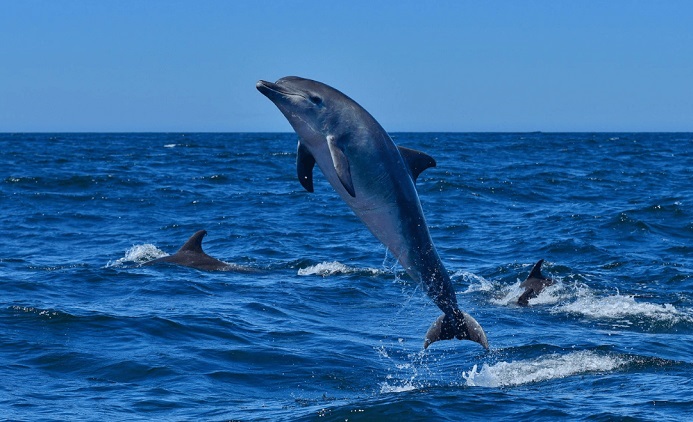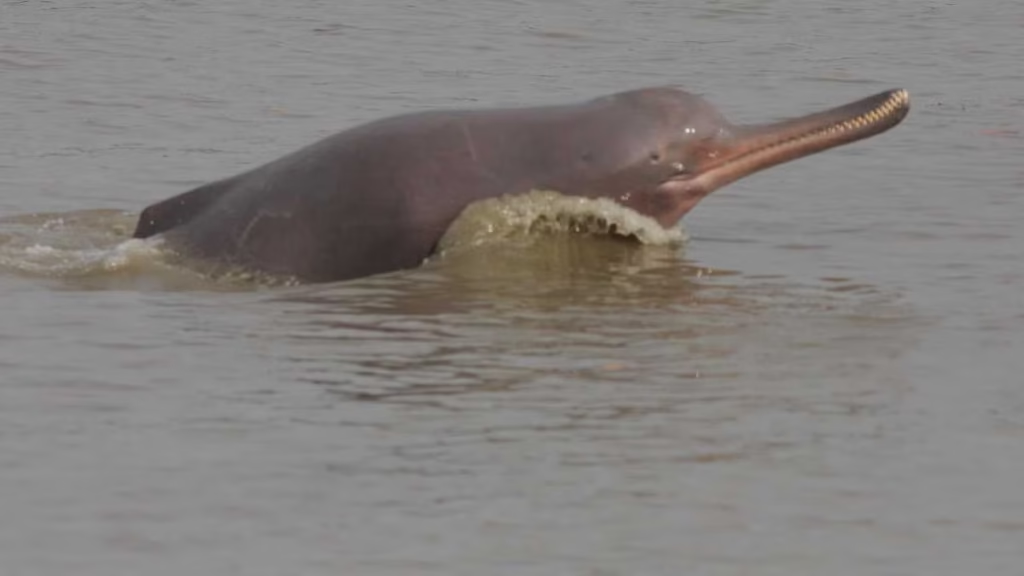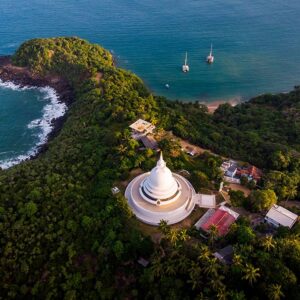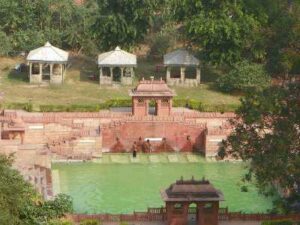Ganga Dolphin Safari: A Unique Adventure in Patna

If you are an adventure enthusiast with a love for nature and wildlife, the Ganga Dolphin Safari in Patna-Fatuha offers a unique and thrilling experience. Located along the pristine banks of the mighty Ganges River, this safari lets you explore one of India’s most endangered species—the Ganga river dolphin—while also enjoying the serene beauty of the river and its surroundings.
The Ganga River Dolphin: A Rare Sight
The Ganga river dolphin, also known as the Susu, is an endangered species and a symbol of the river’s ecological health. These fascinating creatures are known for their unique appearance and are primarily found in the Ganges, Yamuna, and other tributaries in India, Bangladesh, Nepal, and Bhutan. Due to pollution, habitat destruction, and other factors, their population has drastically declined, making sightings rare and special.
The Ganga Dolphin Safari: An Overview
The Ganga Dolphin Safari, conducted in the Patna-Fatuha region of Bihar, is one of the best ways to spot these rare creatures in their natural habitat. The safari is typically carried out in small boats, allowing visitors to silently glide along the river without disturbing the dolphins. This peaceful journey through the river’s calm waters gives tourists a chance to witness these magnificent creatures up close.
What to Expect
Guided Tours: The safari includes a professional guide who shares interesting facts about the Ganga river dolphins and the history of the Ganges River. The guide ensures that you don’t miss any wildlife sightings and provides detailed explanations of the region’s ecological significance.
Dolphin Spotting: The main attraction of the safari is, of course, spotting the Ganga river dolphins. These dolphins are often seen swimming playfully near the riverbanks, making occasional leaps out of the water. Early morning and evening are the best times to spot them, as they are most active during these hours.
Scenic Views: Apart from dolphin sightings, the safari offers a tranquil view of the river and its lush surroundings. The Ganges, with its calm flow, is surrounded by beautiful landscapes and small villages, providing an enriching cultural and natural experience.
Wildlife: Besides dolphins, the safari allows you to witness various other species that inhabit the river, such as river turtles, birds, and small aquatic life. The biodiversity in the region is rich and diverse, making it a paradise for nature lovers and wildlife photographers.
Eco-Tourism: The safari promotes eco-tourism by educating visitors about the importance of conserving the Ganga river ecosystem. Through this initiative, tourists are made aware of the threats faced by the dolphins and the need for sustainable practices to preserve their habitat.

Best Time to Visit
The best time to visit Patna-Fatuha for the Ganga Dolphin Safari is between October and March. During this period, the weather is pleasant, and the chances of spotting dolphins are higher due to the clearer water and more active wildlife. However, it is advisable to go on early morning or late afternoon safaris for the best experience.
How to Reach
Patna-Fatuha is well-connected by road and rail. The nearest major city, Patna, has an airport with flights connecting it to major cities in India. From Patna, Fatuha is easily accessible by car or taxi, a short drive away from the city center. The safari can be booked through local tour operators or directly at designated points along the river.
Why Choose the Ganga Dolphin Safari?
Unique Experience: Unlike traditional wildlife safaris, this is a rare chance to observe freshwater dolphins in their natural river habitat.
Eco-Friendly: The safari promotes responsible tourism and conservation, encouraging visitors to appreciate and protect the Ganga river ecosystem.
Scenic Beauty: The safari offers spectacular views of the Ganges, with opportunities to photograph the wildlife and landscapes.
Cultural Exploration: Along with the wildlife, visitors get a glimpse of the local culture and lifestyle of the communities living along the riverbanks.




